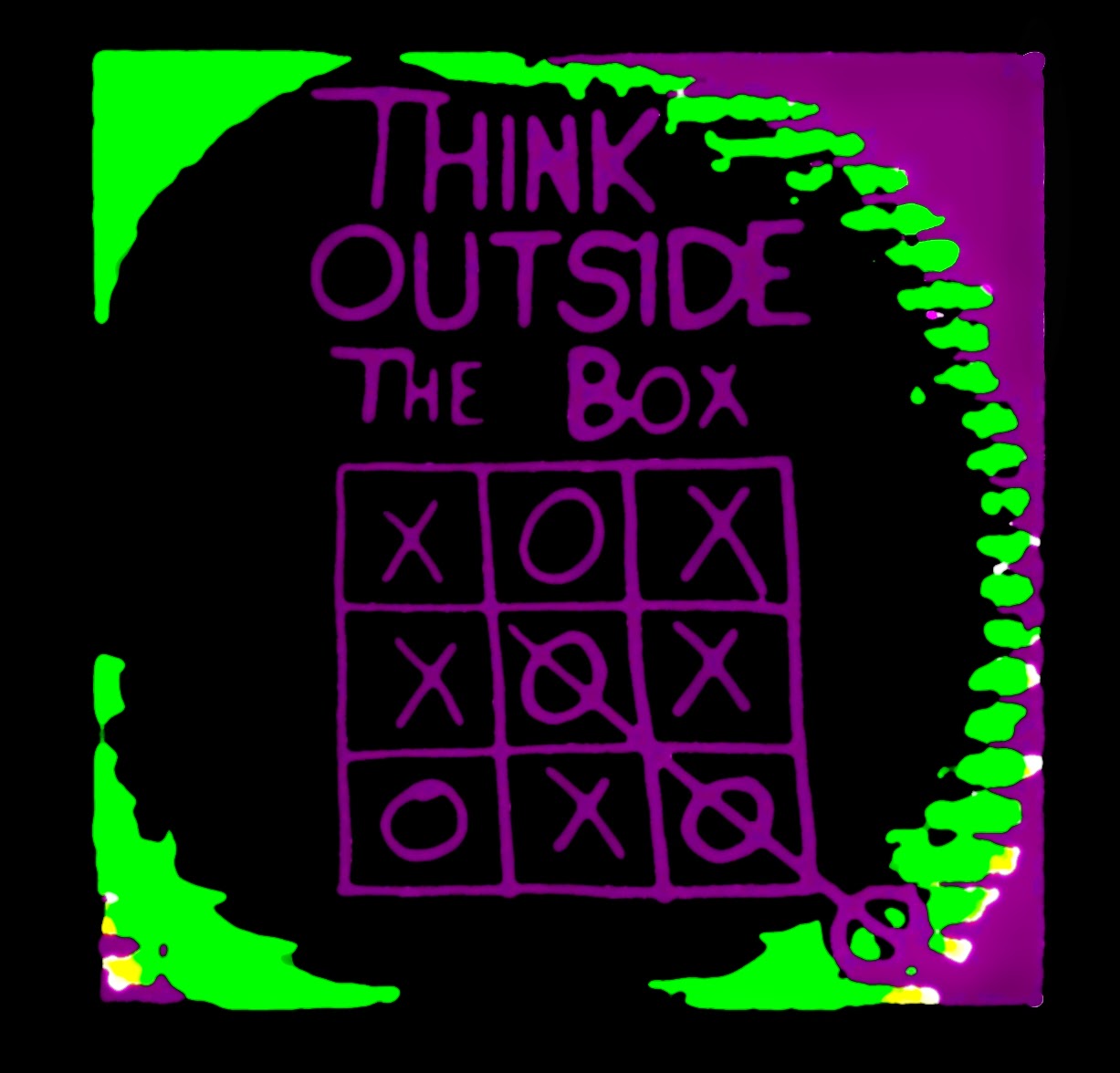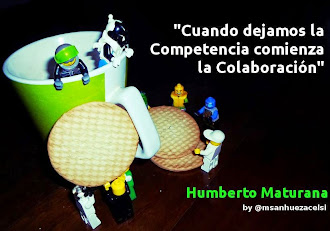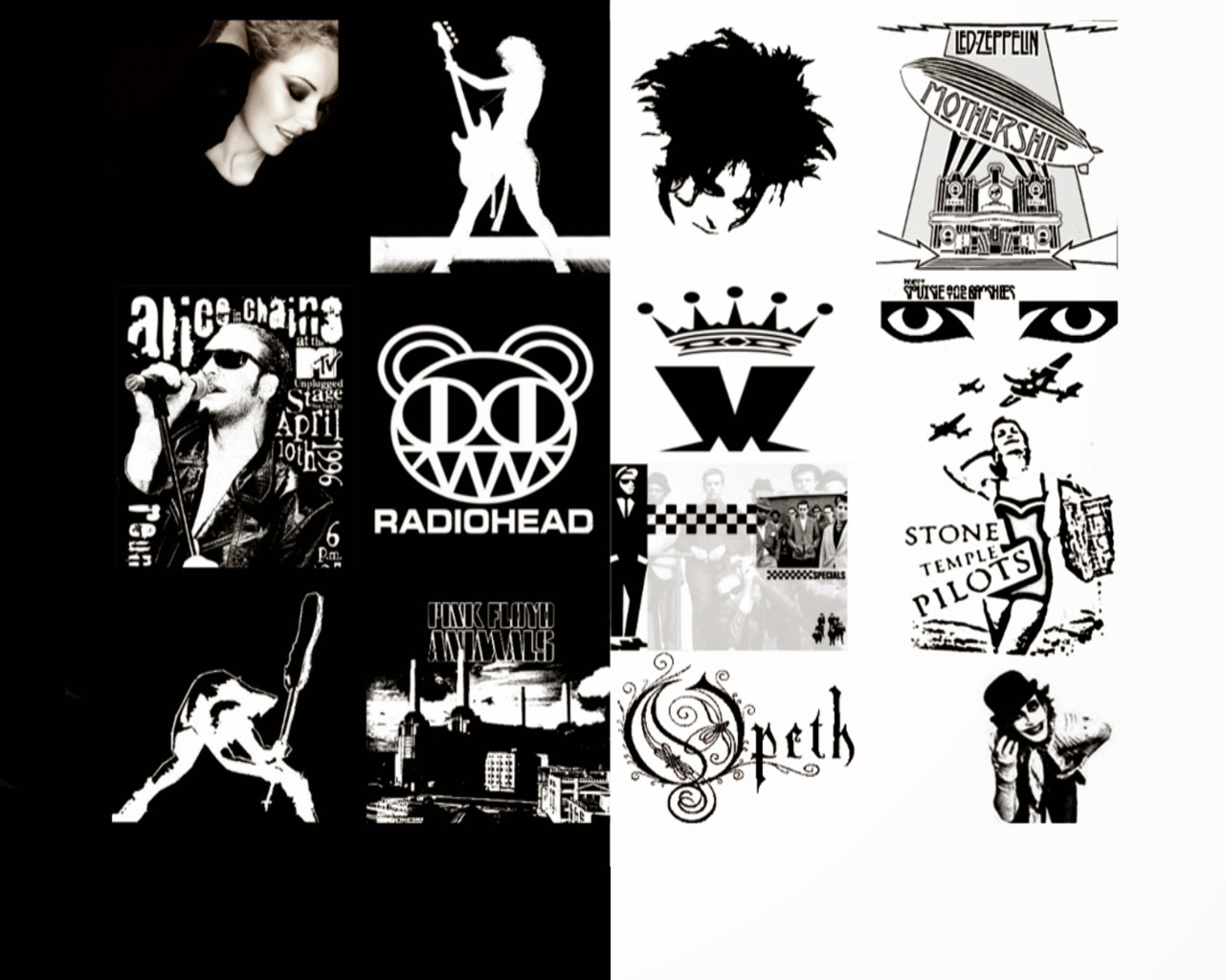Smart City?
Sustainability & Innovation
What Exactly Is A Smart City?
Image: msanhuezacelsi
Before you start pushing for smarter cities, it helps to know exactly what you’re advocating for.
Having worked in the smart cities space for several years now, I am encouraged by the growth of the sector and the pace of technological advancements being developed for urban environments. However, I believe that the smart-cities movement is being held back by a lack of clarity and consensus around what a smart city is and what the components of a smart city actually are.
Having worked in the smart cities space for several years now, I am encouraged by the growth of the sector and the pace of technological advancements being developed for urban environments. However, I believe that the smart-cities movement is being held back by a lack of clarity and consensus around what a smart city is and what the components of a smart city actually are.
While some people continue to take a narrow view of smart cities by seeing them as places that make better use of information and communication technology (ICT), the cities I work with (and most of the participants in the #smartchat, a monthly Twitterchat about smart cities held on the first Wednesday of each month) all view smart cities as a broad, integrated approach to improving the efficiency of city operations, the quality of life for its citizens, and growing the local economy.
I’ll publish my annual rankings of smart cities on Co.Exist. In order to improve them, I have been working on a new rubric for smart cities, that I call the Smart Cities Wheel.
This model has been inspired by the work of many others, including the Center of Regional Science at Vienna University of Technology, Siemens’ work with the Green City Index, and Buenos Aires’ “Modelo Territorial” among others.
Most cities can agree that there is real value in having a smart economy, smart environmental practices, smart governance, smart living, smart mobility, and smart people. Within each of these aspirational goals, I have included three key drivers to achieving the goal. There are over 100 indicators to help cities track their performance with specific actions developed for specific needs.
Let’s walk through a high-level example of how a real city could use the Smart Cities Wheel to develop and implement a smart cities strategy.
STEP 1: CREATE A VISION WITH CITIZEN ENGAGEMENT
Vancouver’s Mayor Robertson, and many before him, have sought to take leadership in the green cities arena. Mayor Robertson and his Greenest City Action Team engaged 30,000+ citizens in a process designed to establish a 2020 goal for the city. The city used “social media and digital technologies to spark citizen-led public-engagement activities like kitchen table discussions at private homes, online discussion forums and workshops at community centres,” according to Straight.com. I participated in this process, including speaking on the plan’s behalf to the Vancouver City Council.
The result is the Greenest City 2020 Action Plan, which has set a clear goal for the city to become the greenest in the world by 2020. Vancouver aspires to lead the world in at least one of the six aspirational goals of the Smart City Wheel (Smart Enviro).
Smart cities would also make use of the latest technology to acquire citizen input, likeCivicPlus, which offers a range of software and mobile tools for cities to communicate and engage citizens in a dialog about city projects (Castle Rock, Colorado used CivicPlus to get input on the plans for a new city park).
IMAGE: Hannahmariah/ShutterstoCK
STEP 2: DEVELOP BASELINES, SET TARGETS, AND CHOOSE INDICATORS
Before creating numerical targets for achieving a smart city vision, it is helpful to actually benchmark where you are. Let’s take Smart Mobility as an example. The Smart Cities Wheel has three key drivers for Smart Mobility: mixed-modal access; prioritized clean and non-motorized options; and integrated ICT.
Each city has its own mobility needs and challenges based on density, topography, existing infrastructure, etc., and while they can learn from each other, cities must develop their own benchmarks and targets around areas of need and opportunity.
It is impossible to overlook Copenhagen’s efforts to promote and prioritize cycling. In 1981 the city developed its first cycling plan and it has been evolving its cycling and mixed-modal goals since 2002.
Before establishing a forward-looking target, cities must establish the baseline. Copenhagen has been measuring cycling and mixed modal use for decades. Now the city has a target indicator: to achieve 50% of all trips to work or school by bike by 2015. The city has been making significant progress towards this goal, having already achieved 37% in 2009. Copenhagen also recently collaborated with MIT to create The Copenhagen Wheel, a hybrid bike wheel that leverages sensors in a bike wheel to monitor pollution, traffic congestion, and road conditions in real time. This is an example of an action within the other smart mobility driver--integrated ICT.
STEP 3: GO LEAN
In a previous post, I discussed how cities could and should embrace lean startup principles. Once a city has established quantifiable goals and selected the indicators to measure its progress, it needs to snag some early wins while also building plans for longer-term actions.
The journey to becoming a smart city will stall without a major commitment to supporting efficient, multi-modal transit. Electric vehicles and the appropriate infrastructure appear in many smart-city strategies. However, few places have the resources or demand to install EV charging stations throughout the city. It makes sense for a city to start with a pilot project as a way to get feedback on their hypothesis that by putting charging stations in a particular location, the stations will be used and will actually grow the amount of EV vehicle purchases by citizens living or working in the area.
Toronto just announced a pilot charging station program at a cost of $65,000 to the city. Councillor Mike Layton recognizes the benefits of this small-scale action: “We all know that this is the direction that singular vehicle transport is going in," said Layton in theNational Post. "Why we wouldn’t at least try out something at very limited cost to the city, to get ready for the revolution that is going to happen, is beyond me.”
Smart cities are not one size fits all. Yet, the smart-cities movement could benefit from frameworks like the Smart Cities Wheel that allow a common language to develop amongst citizens, city staff, mayors, and the private sector.
WRITTEN BY: Boyd Cohen VIA FAST CO.EXIST










































0 comentarios :